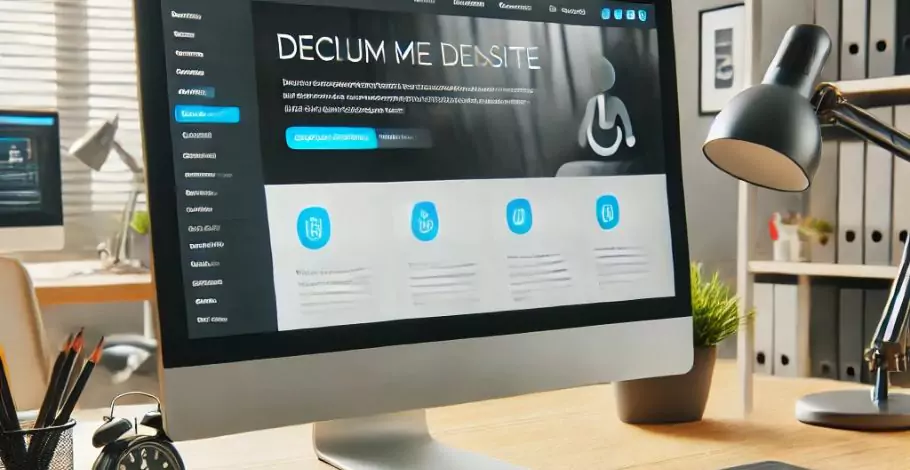
THE IMPORTANCE OF ACCESSIBILITY IN WEB DESIGN
DESIGNING FOR ALL USERS
Accessibility in web design ensures that websites are usable by people with a wide range of abilities and disabilities. It’s not just a legal requirement in many places, but also a fundamental aspect of inclusive design. Accessible design benefits everyone, including users with visual, auditory, motor, and cognitive impairments. It involves creating websites that are easy to navigate, understand, and interact with, regardless of the user's abilities.
IMPLEMENTING ACCESSIBILITY
Implementing accessibility involves several key practices. Use semantic HTML to ensure that content is structured and readable by screen readers. Provide alternative text for images, captions for videos, and ensure that all interactive elements are keyboard accessible.
Color contrast is also important for readability, especially for users with visual impairments. Tools like color contrast checkers can help ensure that text is legible against background colors.

By prioritizing accessibility, designers can create websites that offer a better user experience for all visitors, ensuring that no one is excluded from accessing information and services.